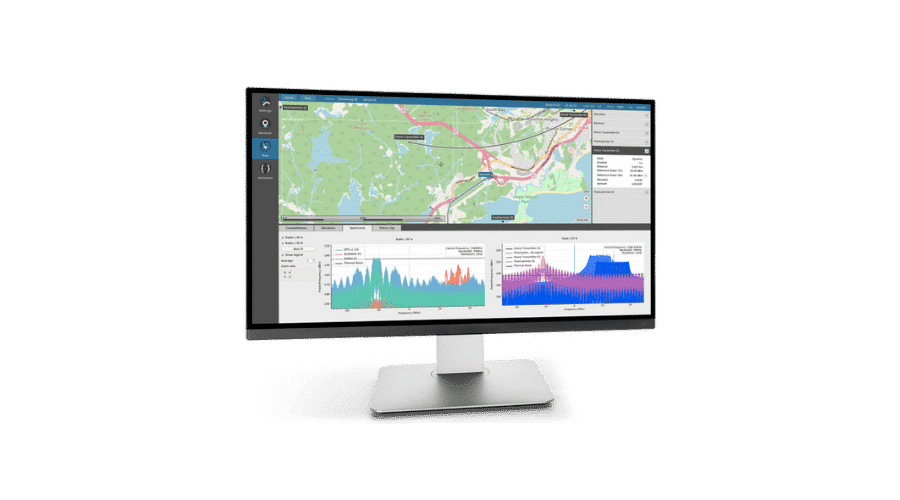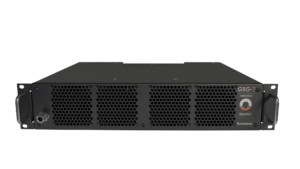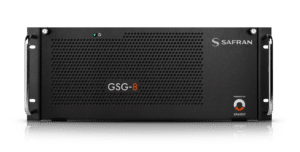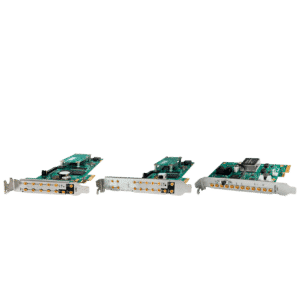Skydel GNSS Simulation Software
Advanced Simulation with Modern, Software-based Flexibility
Safran’s advanced Skydel GNSS software is more flexible, scalable, customizable, upgradeable, and cost-effective compared to traditional FPGA-based simulators.
The way the world thinks about GNSS simulation today is not the same as even a few years ago, thanks to leaps in technology with software-defined radios and COTS components.
Safran’s Skydel Simulation Engine offers the best of both worlds: high-end performance you expect from a top-grade GNSS simulator, coupled with the economy of scale and flexibility of using your own hardware with its GNSS software architecture.
Packed with a rich feature set including a 1000 Hz simulation iteration rate, remote control from user-defined scripts, and a software-defined architecture, Skydel offers unmatched flexibility and scalability.
And all of this, packaged in a modern, streamlined user interface – with an almost unlimited number of signals. Skydel offers real-time GNSS simulation of the highest quality.
Want to become a Skydel and simulation expert? Take our globally-recognized GNSS Simulation courses.
ADVANTAGES
-
All Constellations, All Signals
-
Integrated Jamming & Spoofing
-
Open Source Plugins & Community
-
Powerful Automation
-
Software-Based Design
USE CASES
CASE STUDIES
REQUEST A QUOTE
FEATURES
- Supports all major global constellations & frequencies (GPS, GLONASS, Galileo, BeiDou, QZSS, NavIC)
- Multi-constellation, multi-frequency
- 1,000 Hz iteration rate
- Multi-vehicle & multi-antenna simulation
- Satellite orbit modification and custom support (LEO constellations)
- Advanced jamming and spoofing simulation
- Import multiple file formats CSV, KML, NMEA etc
- 6 DoF and orbital trajectories
- User-defined waveforms
- Hundreds of satellites can be simulated in real time using COTS hardware
- IQ file generation and playback
- Comprehensive API: (Python, C++, C#)
- Integrate interface with no additional hardware
- Record and export user interactions as Python script
- Modify parameters and variables in real-time
- Signal customization
- Advanced scenario creation
- Intuitive UI and automation
SPECS
- Frequency Bands
- All GNSS bands
- Multiple RF outputs depending on SDR configuration
- Baseband complex (zero IF) through IQ samples logging
- Operating Systems: Linux & Windows
- GNSS Constellations and Signals:
- GPS: L1-C/A, L1C, L1-P(Y), L2-P(Y), L2C, L5;
- NavIC L1, L5, S-Band;
- GLONASS: G1, G2;
- Galileo: E1, E5a, E5b, E6, E6PRS, E6 HAS, E5AltBOC, PRS (restricted signals), PRS-Noise, HAS-Noise; OSNMA
- BeiDou: B1, B2, B1C, B2A, B3I;
- QZSS: L1-C/A, L1 C/B, L2C, L5, L5S
- SBAS (L1/L5): WAAS, EGNOS, MSAS, GAGAN, SDCM
- Xona: PULSAR XL
- Custom Signals
- Signal Accuracy
- Pseudorange < 1mm
- Pseudorange rate < 1mm/s
- Inter-channel bias 0




